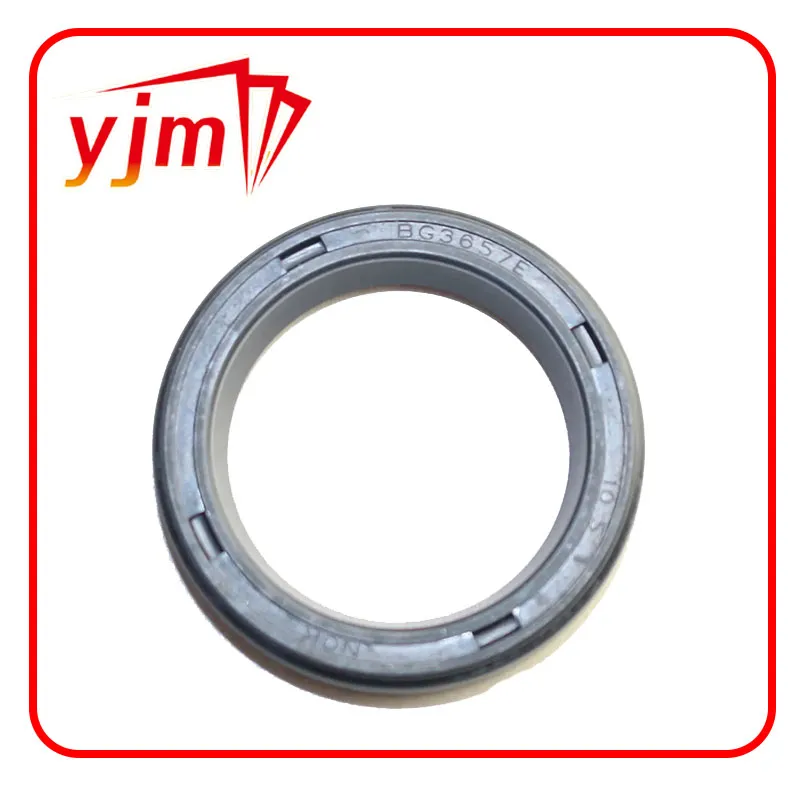Exploring Various Types of O-Rings and Their Applications in Different Industries
Understanding Different Types of O-Rings
O-rings are essential components in various mechanical applications, used primarily as sealing elements in static and dynamic systems. Their simple design—a circular ring made of elastomeric materials—enables them to effectively block the passage of fluids or gases at the point of application. However, not all O-rings are created equal. They come in various types, materials, and sizes, each suited for specific uses. In this article, we will explore the different types of O-rings, their materials, and their applications.
O-rings can be classified based on several factors, including their shapes, materials, and design characteristics.
A. Standard O-Rings Standard O-rings are the most commonly used types and come in a variety of sizes. They are typically referenced by their inner diameter and cross-sectional diameter. These O-rings are often used in synthetic rubber formulations that provide excellent sealing capabilities across different applications.
B. X-Rings Also known as quad rings, X-rings feature a four-lobed design that increases the sealing surface contact. This design allows for enhanced performance in dynamic applications where traditional O-rings might struggle, especially in high-pressure environments. X-rings are excellent for providing greater resistance to compression set, which prolongs the lifecycle of the seal.
C. Backup Rings Backup rings are not O-rings in the traditional sense but are often used in conjunction with them. They assist in preventing the extrusion of O-rings when they are subjected to high pressure. Backup rings can be either solid or split, offering additional support to the primary O-ring seal, particularly in dynamic applications.
D. Hollow O-Rings Hollow O-rings are designed with a hollow center, which allows them to compress and expand more easily. They are often used in applications requiring cushioning or where a softer seal is necessary, such as in certain aerospace or automotive applications.
2. O-Ring Materials
different types of o rings

The material used to manufacture O-rings significantly affects their performance, durability, and suitability for specific applications. Some common materials include
A. Nitrile Rubber (NBR) This is one of the most popular materials for O-rings due to its excellent resistance to oil and fuel. Nitrile rubber effectively seals in automotive and machinery applications where hydraulic fluids are commonplace.
B. Fluoroelastomer (FKM) Known for its high-temperature resistance and chemical inertness, FKM is ideal for environments where the O-ring might come into contact with harsh chemicals or extreme temperatures, such as in chemical processing or aerospace applications.
C. Silicone Rubber Silicone O-rings are characterized by their versatility and ability to withstand extreme temperature fluctuations, making them suitable for both high and low-temperature environments. Their chemical resistance is moderate, so they are often used in applications that do not involve aggressive chemicals.
D. EPDM (Ethylene Propylene Diene Monomer) EPDM O-rings are favored for their excellent resistance to steam, weather, and ozone. They are often used in outdoor applications or where exposure to the elements is a concern.
3. Applications of O-Rings
O-rings are utilized in numerous industries, including automotive, aerospace, manufacturing, and medical. In the automotive industry, they are crucial for sealing engine components and hydraulic systems. In the aerospace sector, O-rings ensure that pressurized systems remain airtight during flights. In the medical field, they can be found in equipment such as syringes or pumps, where precise sealing is required to prevent contamination.
Conclusion
Understanding the different types of O-rings, their materials, and applications is vital for choosing the right seal for any project. Whether it’s a simple static seal or a dynamic application requiring specialized designs, the right O-ring can make all the difference in the performance and reliability of mechanical systems. By considering the specific needs and conditions of each application, engineers and technicians can ensure optimal sealing efficiency and longevity.
-
The Ultimate Guide to Car Repair Kits: Tools and Essentials Every Driver Should Own
News Aug.01,2025
-
The Complete Guide to Oil Pan Gaskets: Sealing Engine Leaks the Right Way
News Aug.01,2025
-
Preventing Oil Leaks: A Complete Guide to Oil Pan Gaskets and Drain Seals
News Aug.01,2025
-
Everything You Need to Know About Oil Pan Gaskets and Drain Plug Seals
News Aug.01,2025
-
Essential for Car Owners: How to Use a Car Repair Kit to Deal with Minor Breakdown
News Aug.01,2025
-
Comprehensive Guide to Engine Oil Sump Gaskets and Related Seals
News Aug.01,2025
-
The Ultimate Guide to Boat Propeller Bearings and Trailer Wheel Bearings
News Jul.31,2025
Products categories















